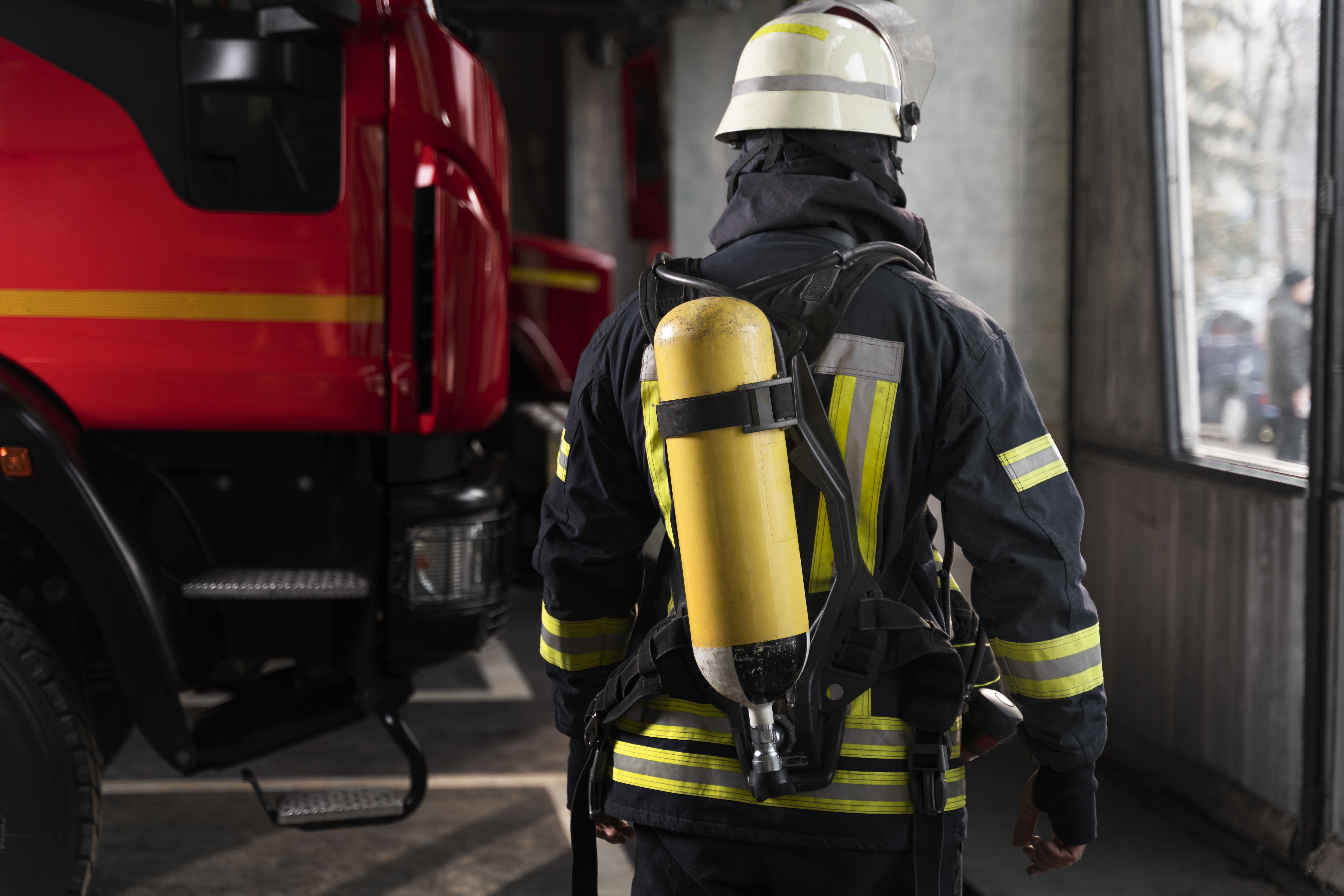Fire Marshal for Care Homes
Knowing Your Place as a Fire Marshal
Learn how important a fire marshal's work is in keeping care home staff and residents safe. This session makes it easy for anybody to understand the value of a fire fighter in emergency scenarios by breaking down the roles in plain language.
Fundamentals of Fire Prevention
Discover the essentials of preventing fires in nursing homes. This program emphasizes the proactive role that a fire marshal plays in preserving a safe environment by going over easy-to-implement yet efficient fire safety procedures.
Procedures for Emergency Evacuation
Recognize the exact steps involved in evacuating citizens in the event of a fire. This lesson streamlines the evacuation procedure and emphasizes the vital steps a fire marshal must take to guarantee a quick and secure evacuation in assisted living facilities.
Training on Fire Extinguishers
Turn your attention to learning the fundamentals of using a fire extinguisher. This session offers simple instructions on how to use a fire extinguisher by a fire marshal. As a result, it gives them the confidence to react when a tiny fire breaks out.
Interaction and Arrangement
Examine in further detail the significance of efficient coordination and communication in the event of a fire. The interpersonal skills required of a fire marshal are the main topic of this session. In the end, care facilities may be guaranteed a seamless reaction and evacuation procedure.
Lessons
Brief Description of Fire Marshal for Care Homes
Module 1: Chemistry of Fire
Module 2: Common Causes of Fire
Module 3: Basic Safety Features in Buildings
Module 4: Introduction to Fire Extinguishers
Module 5: What to do in Cases of Fire?
Module 6: Fire Statistics
Module 7: Current Fire Safety Legislation
Module 8: Fire Risk Assessment
Module 9: Preventative Measures
Module 10: Safety Features within Buildings
Module 11: Role of the Fire Marshal
Module 12: Action on Fire Discovery
Module 13: Fire Drills and Evacuation
Module 14: Fire Extinguishers
Module 15: Pre-Engagement Action
Module 16: Using a Fire Extinguisher





